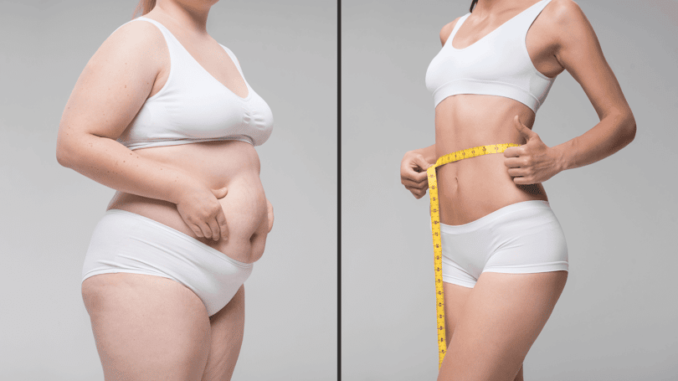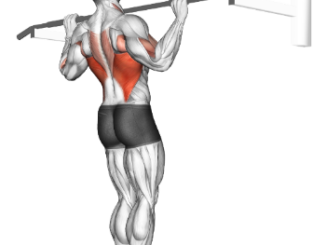
Body composition refers to the proportion of fat and non-fat mass in your body. While many people focus solely on the number on the scale, understanding body composition is essential for a holistic approach to health and fitness. This article explores the concept of body composition, its significance, and how to achieve a healthy balance.
Body Composition Components:
- Lean Body Mass (LBM): This includes muscles, bones, organs, and other non-fat tissues. Having an adequate amount of lean body mass is crucial for overall strength, metabolism, and functionality.
- Body Fat Percentage (BFP): The percentage of your total body weight that is comprised of fat. While some amount of body fat is essential for various physiological functions, excess fat can contribute to health issues.
- Visceral Fat: This type of fat is stored around internal organs and is associated with increased health risks. Monitoring visceral fat levels is crucial for assessing the risk of chronic diseases.
Importance of Body Composition:
- Health Implications: Body composition is a better indicator of health than weight alone. Maintaining a healthy balance between lean body mass and body fat percentage is associated with a lower risk of cardiovascular diseases, diabetes, and other health issues.
- Fitness Goals: Athletes and fitness enthusiasts often focus on optimizing body composition to enhance performance. Achieving a balance between muscle mass and body fat can improve strength, endurance, and overall athletic performance.
- Metabolic Rate: Lean body mass contributes significantly to basal metabolic rate (BMR), the energy expended at rest. Increasing muscle mass can help boost metabolism, aiding in weight management and fat loss.
How to Measure Body Composition:
- Dual-Energy X-ray Absorptiometry (DEXA): A highly accurate method that measures bone density, lean mass, and fat mass.
- Bioelectrical Impedance Analysis (BIA): Measures the resistance of electrical flow through the body to estimate body fat percentage.
- Skinfold Calipers: Measures the thickness of skinfolds at various sites on the body to estimate body fat percentage.
- Air Displacement Plethysmography (Bod Pod): Measures body volume and calculates body composition based on air displacement.
- Hydrostatic Weighing: Involves submerging the body in water to measure body density and calculate body composition.
Achieving and Maintaining a Healthy Body Composition:
- Balanced Diet: Focus on a nutritionally balanced diet that includes a mix of macronutrients and micronutrients.
- Strength Training: Incorporate resistance training to build and maintain lean muscle mass.
- Cardiovascular Exercise: Include aerobic activities to burn calories and improve cardiovascular health.
- Hydration: Proper hydration is essential for overall health and can impact body composition measurements.
Conclusion: Understanding body composition goes beyond simply stepping on a scale. It provides valuable insights into your overall health, fitness, and risk of chronic diseases. By prioritizing a healthy balance between lean body mass and body fat percentage, individuals can work towards achieving their fitness goals and maintaining long-term well-being.





Be the first to comment